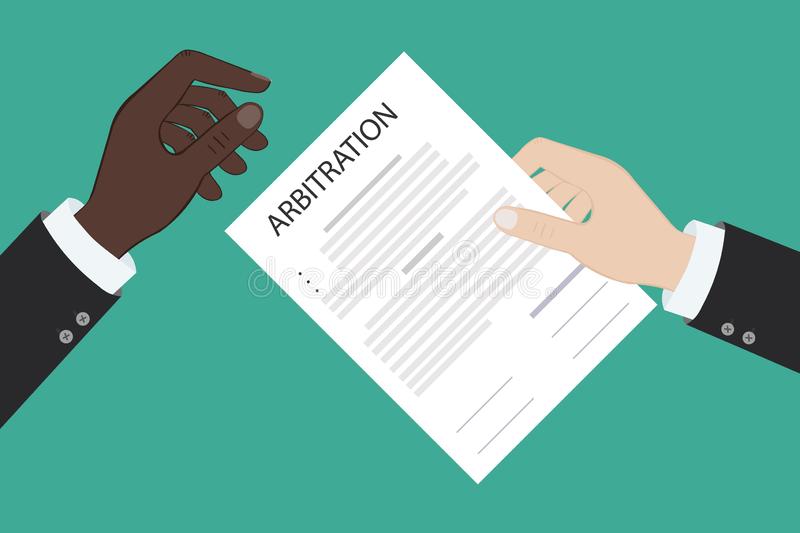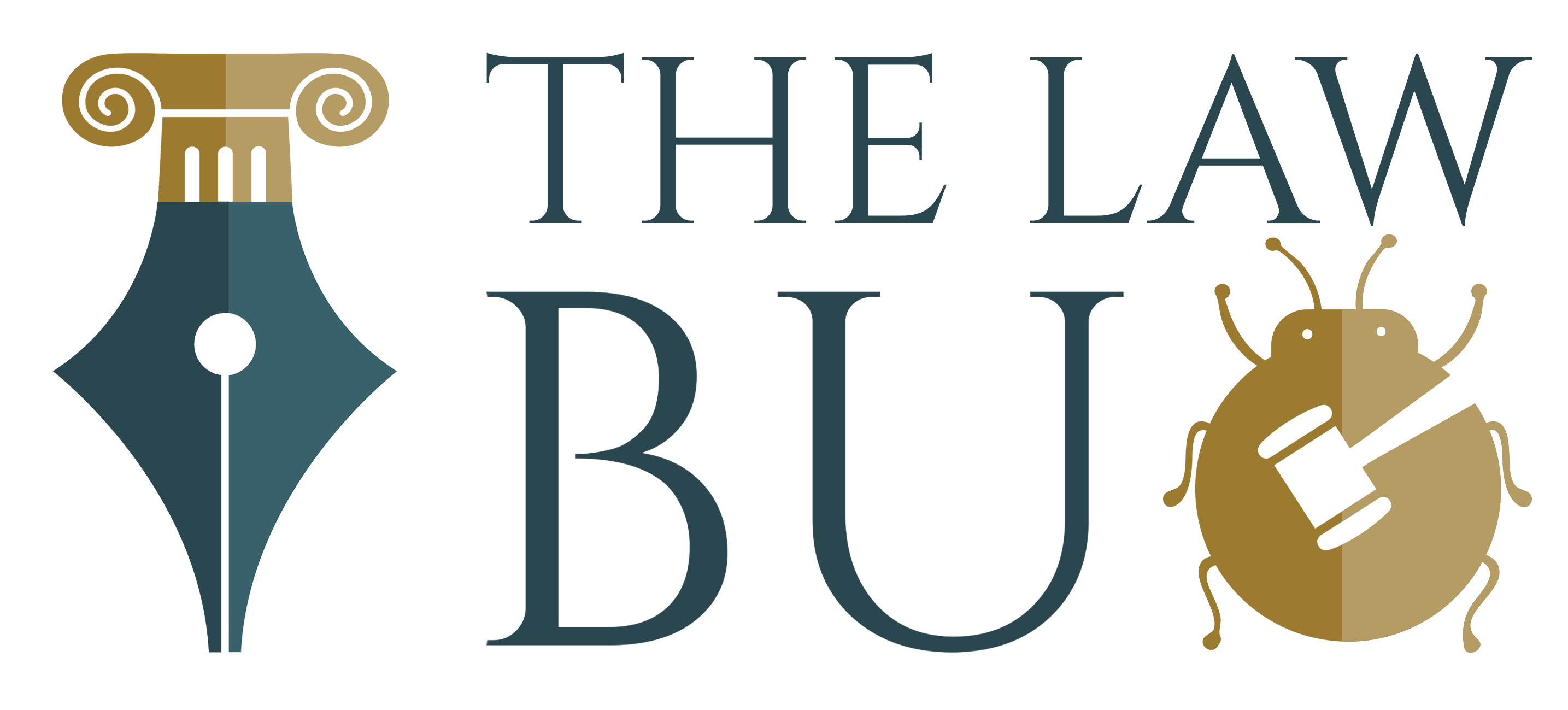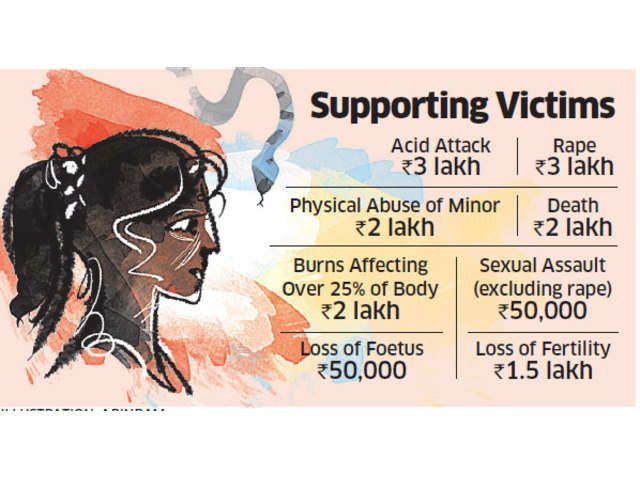Whether mutual consent to opt for Arbitration proceedings necessary? - A Case Analysis of the Afcons Case

AFCONS INFRASTRUCTURE LTD. AND OTHER VS CHERIAN VARKEY CONSTRUCTION CO. (P) LTD.: (2010) 8 SCC 24
FACTS OF THE CASE
The Cochin Port Trust apportioned more or less some construction work to the appellants concerning bridges and roads underneath the agreement dated 20.4.2001. The appellants sub-contracted a part of the aforementioned work to the first respondent underneath agreement dated 1.8.2001. The Primary Respondent filed a suit in contradiction of the appellants for recuperation of Rs-210, 70,881/- from the appellants wherein their properties and/or the sums anticipated to appellants from the employer with a profit rate at 18% per year and an order of attachment was made on 15.9.2004 in relevance to an amount of Rs-2.25 crores. In March 2005, the primary respondent filed an application beneath section 89 of the Code before the trial court pleading that the court might frame the terms of the settlement, frame the issues, and refer the dispute to the adjudicative mode of Arbitration. The appellants counter-filed on 24.10.2005 to the application claiming that they weren’t agreeable for referring the matter before arbitration or the other ADR processes accessible under sec.89 of the Civil Procedure Code and filed an appeal against the order of attachment in the Kerala High Court that was allowed in favour of the appellant subjecting to definite conditions through an order dated 8.9.2005. Moreover, the High Court directed the Trial Court to ponder and eliminate the application underneath sec.89. The trial court allowed the aforementioned application underneath section 89 by a reasoned order dated 11.10.2006, and apprehended that because the claim of the plaintiff within the suit is related to a piece of contractual work, it had been suitable that the dispute ought to be settled through arbitration. The appellants filed a revision petition against the order of the trial court but the High Court by the impugned order dated 11.10.2006 discharged the revision petition holding that the apparent tenor of section 89 of the Code allowed the court, in applicable cases, to refer even unwilling parties to the arbitration. This order was challenged within the Supreme Court as an Appeal.
ISSUES INDUCED
The issues before the Honourable Supreme Court were –
1. What is the correct process to be followed by a court in executing section 89 and Order X Rule 1A of the Code?
2. Whether the consent of each of the parties to the suit an essential for reference to arbitration by section 89 of the Code?
RULE/LAWS INVOLVED
· Section 89 of the Code of Civil Procedure Code, 1908 - Settlement of disputes outside the Court.
· Order 10 Rule 1A of the Code of Civil Procedure Code, 1908 - Direction of the court to opt for any one mode of alternative dispute resolution.
ANALYSIS
Taking the first issue into consideration, we find that section 89 of the Code has to be read with Rule 1-A of Order X which calls for the court to direct the parties in dispute to choose for any of the five modes of Alternative Dispute Resolution processes and on their option refer the matter to the opted mode for resolution. Rule 1-A empowers the court to decide among any one mode of ADR mechanism mentioned under section 89 of the Code and after recording the admissions and abjurations, the court shall instruct the parties to the suit to decide upon either method of the settlement outside the court as specified in sub-section (1) of section 89 of the Code and on the preference of the parties, the court shall fix the date of appearance before such forum as perhaps opted by the parties in dispute. This rule does not require the court either to formulate the terms of settlement or present such terms of settlement to the parties to reformulate the terms of possible settlement after receiving the remarks of the parties. The most reliable method of reading section 89 and Order X, Rule 1-A is that after the pleadings are concluded and after looking for admission and denials wherever necessary and before outlining the issues, the court will have a resort to section 89 of the code which requires the court to consider and record the nature of the dispute, inform the parties about the five modes of ADR available and take note of their respective preferences and then refer them to any of the ADR processes. It is sufficient from the part of the court if it merely describes the nature of the dispute and makes the reference to either of the five ADR processes. Rule 1-A of Order X requires the court to give the option to the parties, to opt for any of the five ADR processes which does not give an individual option but a join option or census about the choice of the ADR process is written under para 21 of the judgement. The Court explains the alternatives available concerning to ADR process to the parties, permits them to select for an alternative dispute process by consensus, and if there’s no consensus, proceeds to choose the process on their behalf. The phase at which the court ought to explore whether or not a matter should be referred to ADR processes is after the pleadings are finished, and earlier than framing the issues, once the matter is taken up for initial hearing for examination of parties under Order 10 of the Code.
The Supreme Court has therefore summarised the procedure to be adopted by a court under section 89 of the Code as -
1. When the pleadings are complete, earlier than outlining the issues, the court is meant to fix an initial hearing for the appearance of parties. The court needs to acquaint itself with the information (especially facts) of the case and the nature of the dispute among the parties.
2. The court needs to initially consider whether the case falls under any of the categories of the cases which are required to be tried by way of means of courts and not fit to be referred to any ADR mechanism. If it discovers that the case falls under any excluded category, it is required to record a brief order which will relate to the nature of the case and why it isn’t fit for reference to any of the five ADR processes under section 89 of the Code. It will then continue with the framing of issues and trial.
3. In instances which can be referred to ADR processes, the court needs to provide an explanation for the selection of the five ADR processes to the parties to allow them to exercise their option.
4. The court needs to first decide whether or not the parties are inclined to arbitration. The court needs to inform the parties that arbitration is an adjudicatory system by a selected private forum and reference to arbitration will perpetually take the suit outside the domain of the court. The parties should also need to be informed that the cost of arbitration will have to be borne by them. Only if both parties agree for arbitration, and also agree upon the arbitrator, then the matter should be cited to arbitration.
The Apex Court thereby, decided that the trial court did not adopt the proper procedure while enforcing Section 89 of the Code. Failing to invoke Section 89 suo moto after the conclusion of pleadings and bearing in mind it only after an application under Section 89 was filed, is flawed.
Referring to the second issue, we see that Respondent 1 has filed an application under section 89 of the Civil Procedure Code before the trial court praying that the court may formulate the terms of the settlement in dispute and refer the matter to arbitration. The Respondent has relied upon the contention that section 89 of the Code empowers the Court to suo moto refer the dispute for any of the five Alternative Dispute Resolution Mechanism despite taking into consideration of the mutual consent of both the parties. The Respondent has tried to rely upon the case of Sukanya Holdings (P) Ltd. v. Jayesh H. Pandya & Anr to contend before the court that for a reference to arbitration under section 89 of the Code, consent of parties is not required. The Kerala High Court wrongly assumed that Sukanya Holdings has held that section 89 empowered the court to refer the case to arbitration even when there was an absence of an arbitration agreement. The Bombay High Court in this case was considering the question as to whether an application under section 8 of the Arbitration and Conciliation Act, 1986 could be maintained even when a part of the subject matter of the suit was not covered under that arbitration agreement. The case before us doesn’t deal within the ambit of the case under which the respondents have relied upon. Section 89 of the Civil Procedure Code, 1908 refers to the five categories of Alternative Dispute Resolution mechanism which is made up of one adjudicatory process (arbitration) and four non-adjudicatory processes – ( conciliation , mediation, judicial settlement and Lok Adalat) settlement. Section 89 of the code is to be dealt with Rule 1-A of Order X which requires the court to direct the parties in dispute to opt for any of the five modes of ADR mechanism and on their option refer the matter to their desired mode. Rule 1-A of Order X of the Code does not make it a mandatory element for the court to either formulate the terms of settlement or make available terms of settlement to the parties to reformulate the terms of possible settlement after receiving the observations of the parties. After the pleadings are complete and after seeking admission/denials wherever necessary, and before framing the issues, the Court will have recourse to sec.89 of the Code. Such recourse requires the court to consider and record the nature of the dispute, inform the parties about the five modes of alternative dispute resolution available and take note of their preferences and then refer them to one of the five process laying emphasis on their preferences. Such a contention of mutual consent being the important element was also discussed in the case of Jagdish Chander vs Ramesh Chander & Ors, where the Delhi High Court held that, even though section 89 mandates the courts to refer pending suits to any of the several alternative dispute resolution processes mentioned therein, there cannot be a reference to arbitration even under section 89 CPC, unless there is a mutual consent of all the parties, for such reference[1]. While giving effect to section 89 of the Code, the Court has to keep in mind that if they are referring the matter to arbitration or conciliation, the court has to record that the reference is by mutual consent. Thereby, the Supreme Court held that a civil court exercising power under Section 89 of the Code ought not to allude a suit to arbitration unless all the parties to the suit agree for such reference.
CONCLUSION CUM OBSERVATIONS
When we try to look into the legislative intention behind introducing the alternative dispute mechanism under the Civil Procedure Code, we find that this mechanism is to provides a chance to the parties in dispute to settle their disputes on their own which inversely reduces the burden of the court in trivial matters. The inference or observation that I have drawn by analysing this judgement, is of that this ruling of the Supreme Court reflects that consent is always given a priority in seeking remedies. The Apex Court have precisely tried to resolve the issues before it by interpreting the provisions in a practical way by drawing a proper interpretation of a margin between section 89 and Order X Rule 1-A of the Code.
The court has to establish an opinion that a case one that is suitable of being referred to and settled through ADR process. The Supreme Court in its judgement have mentioned the cases which are non-suitable and suitable for ADR in para 18 and 19 respectively. When the court finds that a case is unsuited for refereeing it to any of the ADR process, the court will have to briefly record the reasons for not resorting to any of the ADR settlements prescribed under section 89 of the Code. The Supreme Court has firmly held that though section 89 of the Code mandates reference to ADR processes, arbitration beneath section 89 of the Code could only be referred with the agreement of both the parties in dispute and not otherwise.
The Apex Court through this judgement have examined section 89 along with the stipulation of Order X wherein , the court was of the opinion that the provision is incorrectly worded and there is an error from the part of the legislative drafting, so the court removed this anomaly through the rule of interpretation to make it workable. The mixture of definitions of `mediation' and `judicial settlement under clauses (c) and (d) of sub-section (2) of section 89 of the Code was the anomaly which the court tried to resolve. Companies and various parties to a dispute is opting for methods of Alternative Dispute Resolution, the most effective being the Arbitration in these testing times, such that they could reach to a mutual agreement over their contracts such that neither parties are at an absolute loss. Various methods include Arbitration, Conciliation, Mediation and Adjudication. These methods are the future of the legal industry and the current pandemic period might act as the biggest example of showing how people can actually adapt to ADR methods in resolving disputes which will also help in reducing the pendency of cases in the courts. ADR based solutions have come to the rescue, since either of the parties can mutually reach terms without the need for any actual physical meet.
[1]Jagdish Chander vs Ramesh Chander & Ors, Appeal (civil) 4467 of 2002, pp.10.




Comments ()